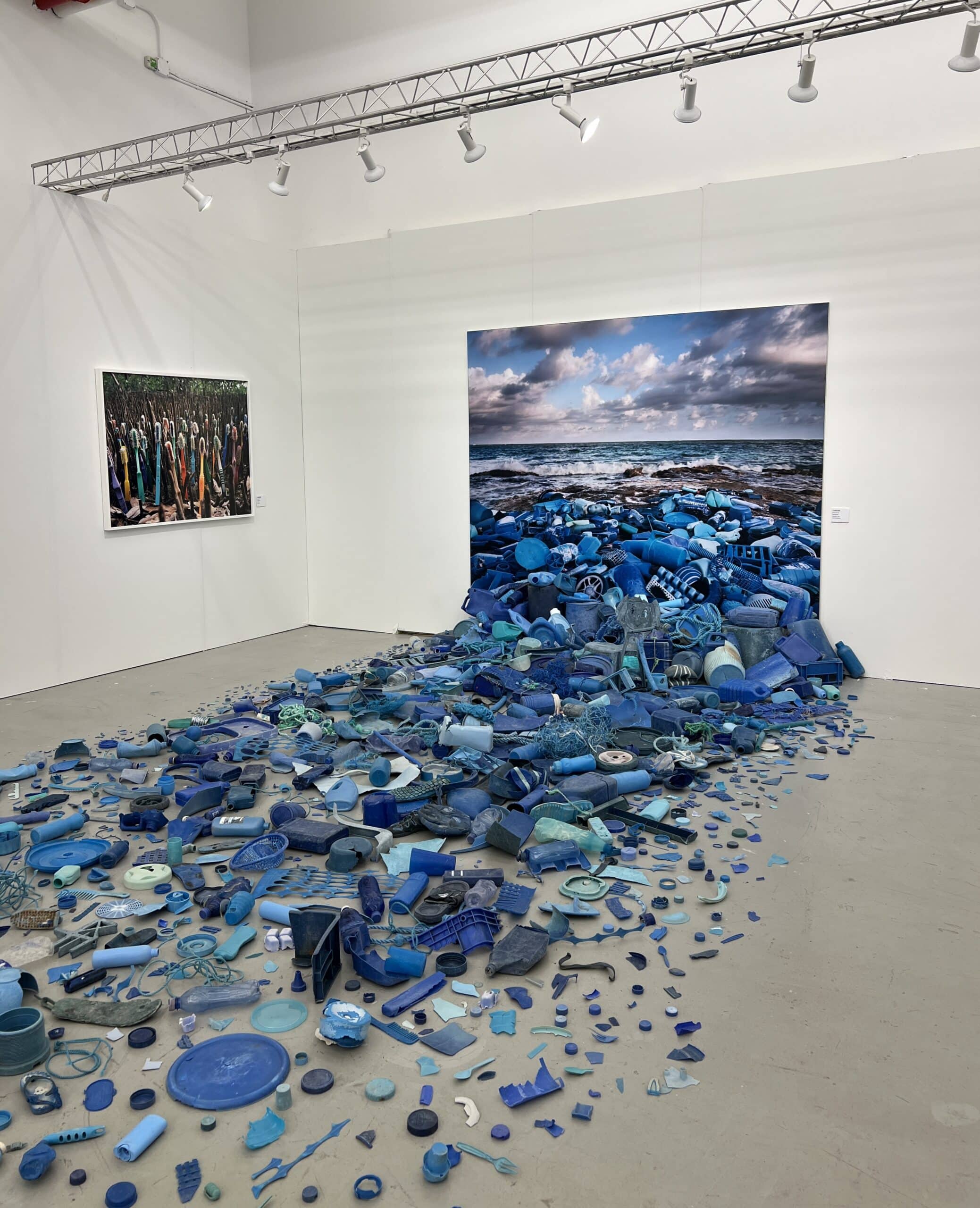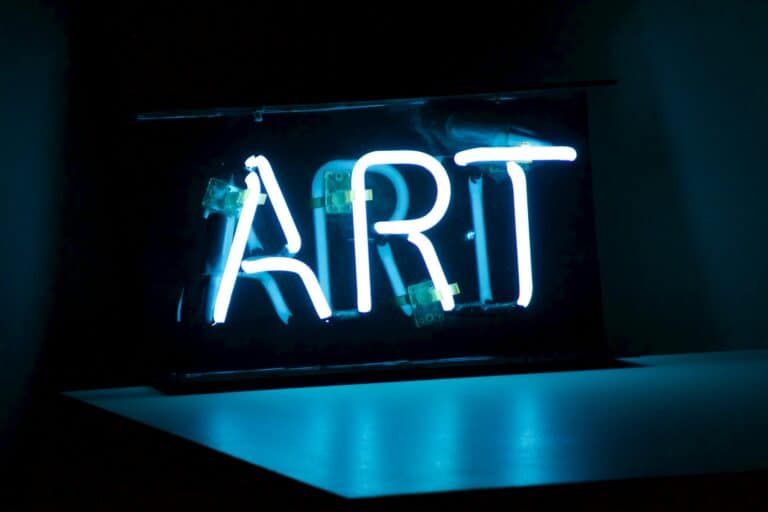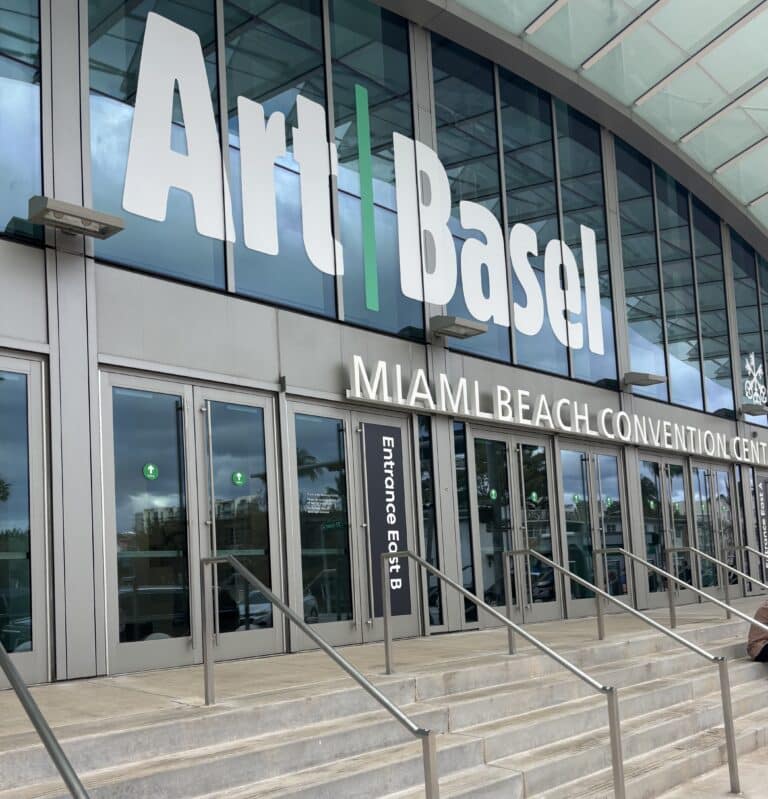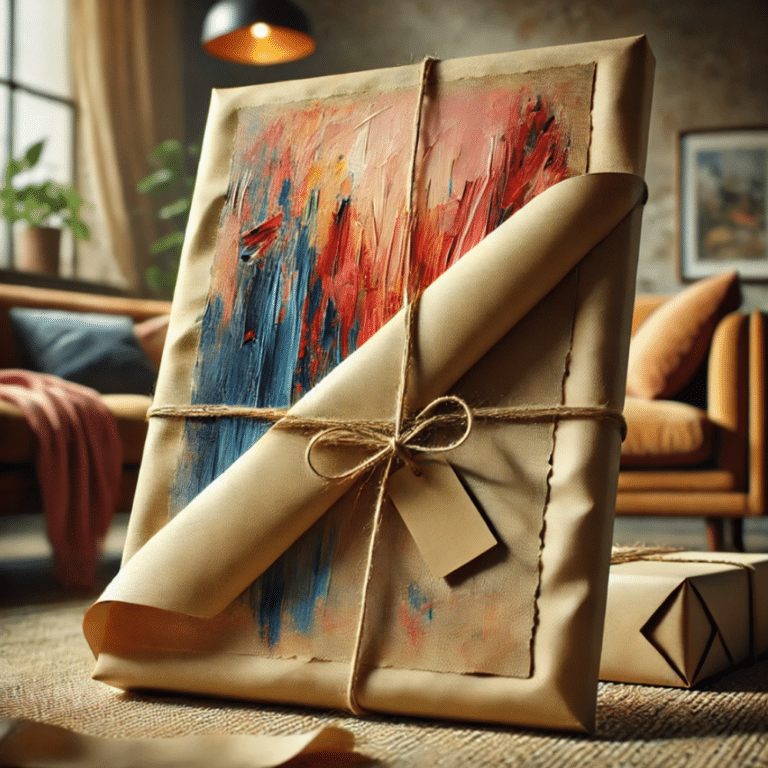This year’s FOCUS art fair was titled “A Sustainable Art Fair Experience,” promising a fusion of traditional and digital art aligned with the organization’s overarching intent to redefine the landscape of international art fairs. However, as a first-time attendee, I found that the boundaries between the physical and the virtual remained very much intact. Perhaps the fair fell victim to the vast breadth of its ambitions. The integration of external collaborators into the exhibition programming, such as haircare brand The Rootist, added to the convoluting and somewhat superficial milieu of the showcase: what was the focus of FOCUS? What are the ties between environmental sustainability and technological innovation? After browsing the numerous booths and sipping on the offered libations (namely, a delicious hibiscus makgeolli), I found myself left with more questions than answers.
Yet, despite this somewhat confusing thematic backdrop, certain works stood out in their own right:
Lee Byungchan's CREATURE

CREATURE by Lee Byunchan takes up almost an entire floor of the art fair, and rightfully so. At first glance, the colorful, moving form is reminiscent of a monster that haunts a child’s nightmares or an adult’s sleep paralysis hallucinations. Yet, there is also a playful quality to the work. With an intended commentary on the ecosystem of capital, perhaps its simultaneously cautionary and familiar aura is exactly the point.
Jeffrey Terreson's Collage
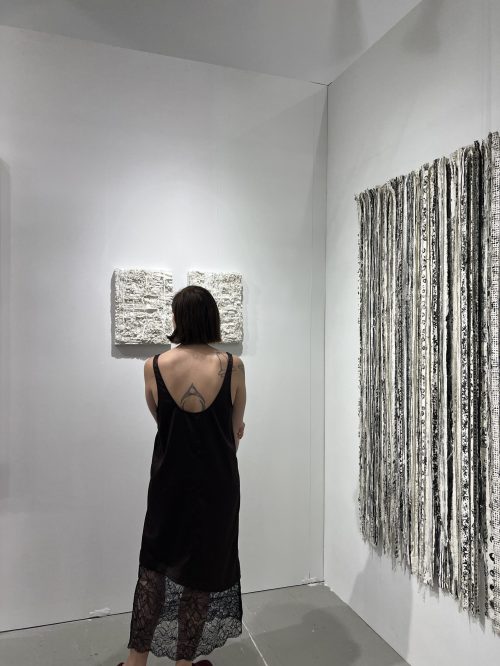
In Terreson’s sculptural collages, minimalism and maximalism seem to come together in an unlikely synthesis of form and texture. The gray hues hint at themes of industrialism and metalwork, which are immediately disrupted by the ephemeral patterns formed with each layered placement. When perusing this booth, I overheard a conversation between the artist himself and an intrigued visitor, during which he said that he was greatly inspired by a supply of washcloths given to him by his grandmother. Indeed, there is something distinctly personal about this work, one hidden under a guise of abstraction that can’t help but bubble to the surface.
Alejandro Duran's Washed Up

Duran’s expansive, space-demanding works lie at the intersection between the natural and the manmade. Each piece’s monochromatic spread calls for closer inspection. Where do these objects come from? Where are they going? How long does it take to install a detailed work of this scale? Yet, while excess and structure seem to lie at the heart of works like the Washed Up project, there is an intuitiveness to their seamless transition between the pictorial frame and the physical material that lies below it. One could almost imagine being at the beach, peering up at the blue skies above.
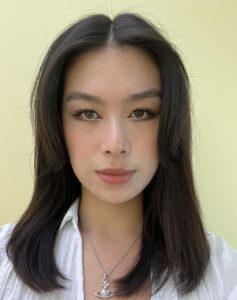
Linda Dai
Linda is a contemporary art aficionado based in New York. She earned her BA in Media Studies and Politics from Pomona College and is currently pursuing an MA in Modern and Contemporary Art: Critical and Curatorial Studies (MODA) at Columbia University. She is interested in critical and curatorial themes of space, time, and memory, especially surrounding works that infuse a plethora of old/new media. Linda has worked with various galleries and media groups in New York and Los Angeles. In addition to her contributions to ArtRow, she serves as a Head Editor for the MODA Critical Review and is an affiliated representative for the Crossing Art Collective.
